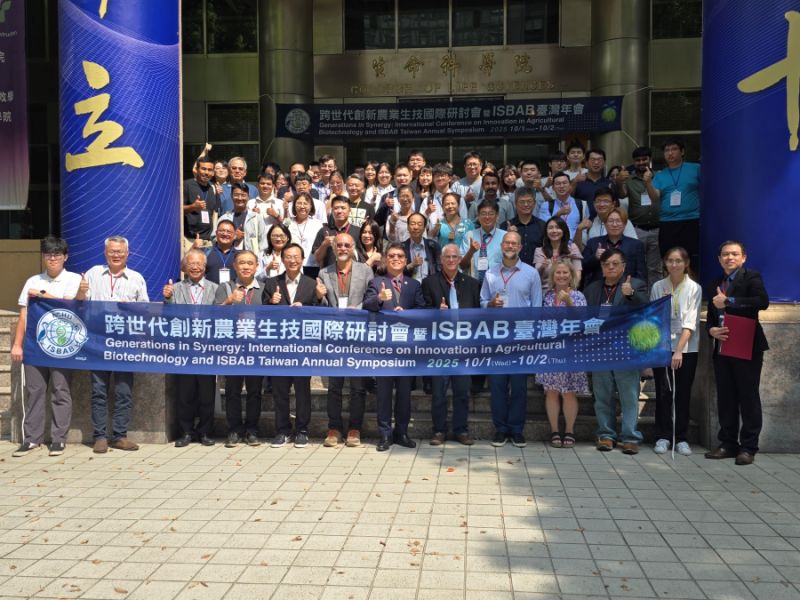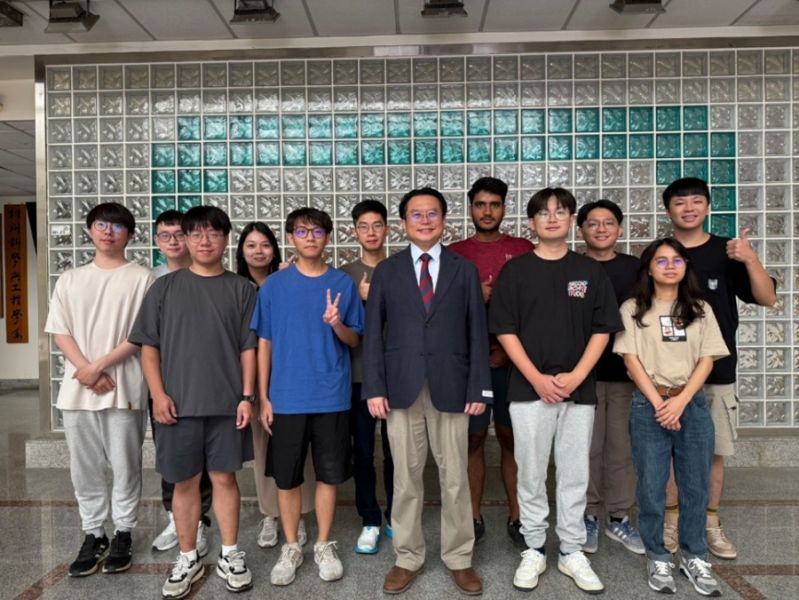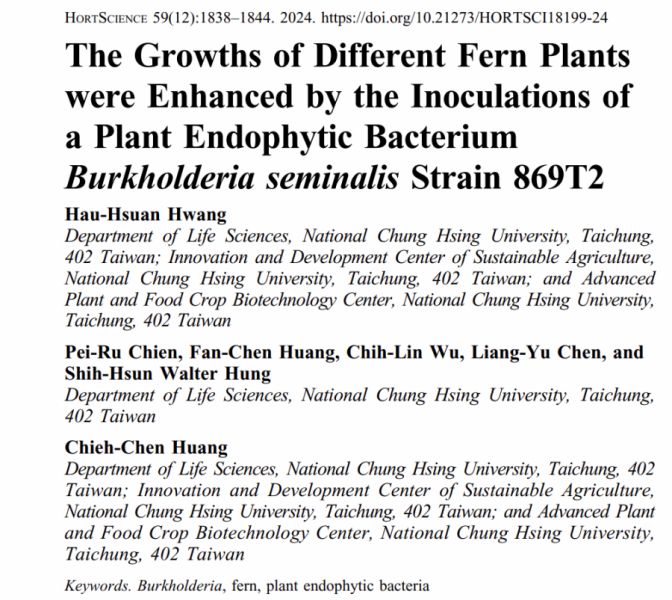| 英文摘要 | Plant biomass-based biofuels have gradually substituted for conventional energy sources thanks to their obvious advantages, such as renewability, huge quantity, wide availability, economic feasibility, and sustainability. However, to make use of the large amount of carbon sources stored in the plant cell wall, robust cellulolytic microorganisms are highly demanded to efficiently disintegrate the recalcitrant intertwined cellulose fibers to release fermentable sugars for microbial conversion. The Gram-positive, thermophilic, cellulolytic bacterium Clostridium thermocellum possesses a cellulolytic multienzyme complex termed the cellulosome, which has been widely considered to be nature's finest cellulolytic machinery, fascinating scientists as an auspicious source of saccharolytic enzymes for biomass-based biofuel production. Owing to the supra-modular characteristics of the C. thermocellum cellulosome architecture, the cellulosomal components, including cohesin, dockerin, scaffoldin protein, and the plentiful cellulolytic and hemicellulolytic enzymes have been widely used for constructing artificial cellulosomes for basic studies and industrial applications. In addition, as the well-known microbial workhorses are naive to biomass deconstruction, several research groups have sought to transform them from non-cellulolytic microbes into consolidated bioprocessing-enabling microbes. This review aims to update and discuss the current progress in these mentioned issues, point out their limitations, and suggest some future directions. |







